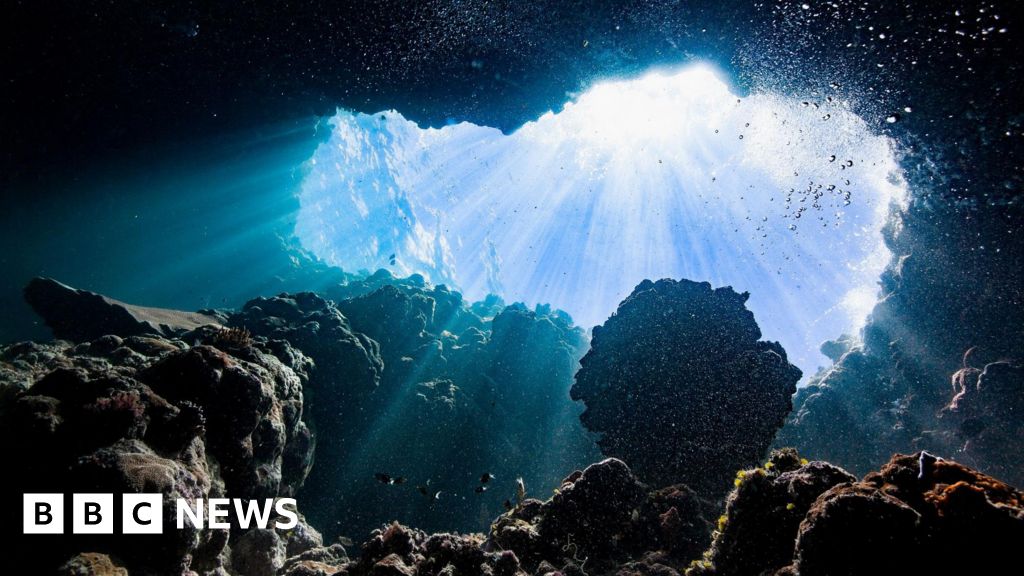- cross-posted to:
- science@lemmy.ml
- climate@slrpnk.net
- cross-posted to:
- science@lemmy.ml
- climate@slrpnk.net
Scientists have discovered “dark oxygen” being produced in the deep ocean, apparently by lumps of metal on the seafloor.
About half the oxygen we breathe comes from the ocean. But, before this discovery, it was understood that it was made by marine plants photosynthesising - something that requires sunlight.
Here, at depths of 5km, where no sunlight can penetrate, the oxygen appears to be produced by naturally occurring metallic “nodules” which split seawater - H2O - into hydrogen and oxygen.
Several mining companies have plans to collect these nodules, which marine scientists fear could disrupt the newly discovered process - and damage any marine life that depends on the oxygen they make.



What seems to be the original study:
https://www.nature.com/articles/s41561-024-01480-8#Sec14
TLDR, they aren’t sure where the (small amounts) of oxygen comes from. And while the article is full of numbers, the section on measuring voltage from these lumps does not contain any. The raw data suggests (to me as a non expert) that the voltages measured are way too low for electrolysis of water (which requires >1.5V)
Based on what I understand about life, it’s probably microscopic extremophiles that decided hell was a good place to start reproducing.
Any random extremophile when faced with an unwelcoming environment
I like that theory
Could it be a new catalyst, that lets the process happen slowly over time, at lower voltages?
More guesses after I read the thingy